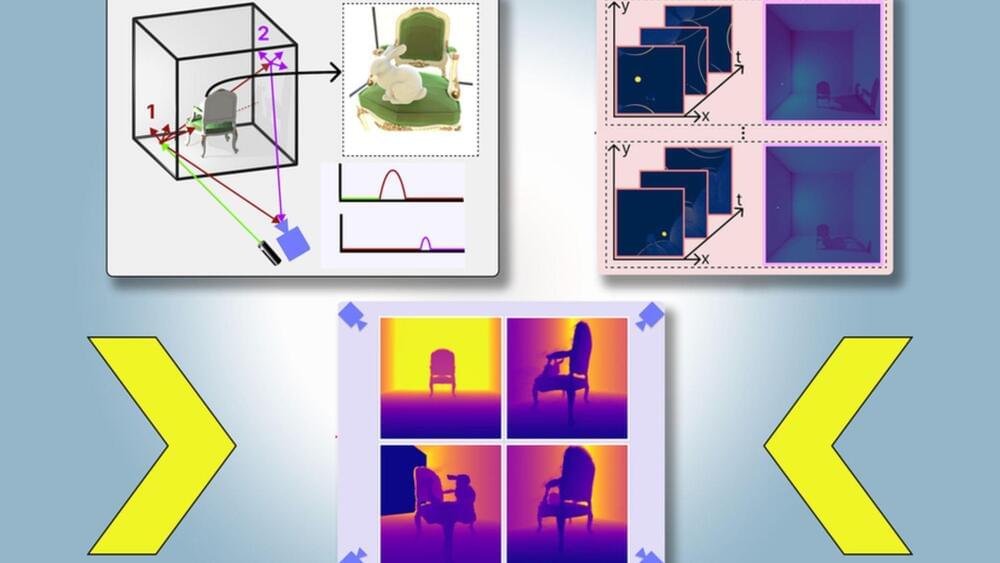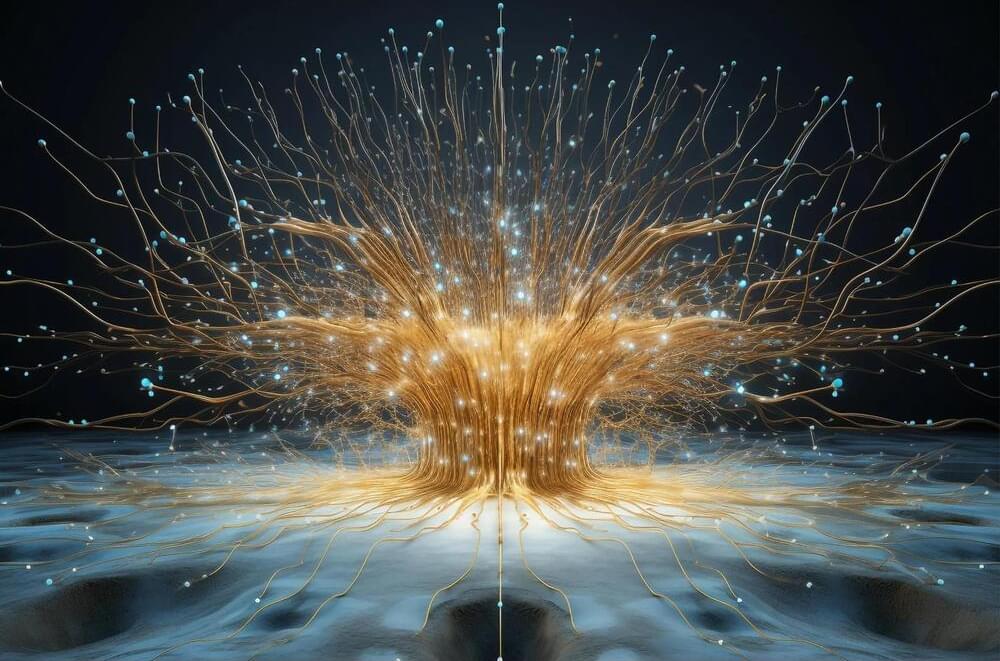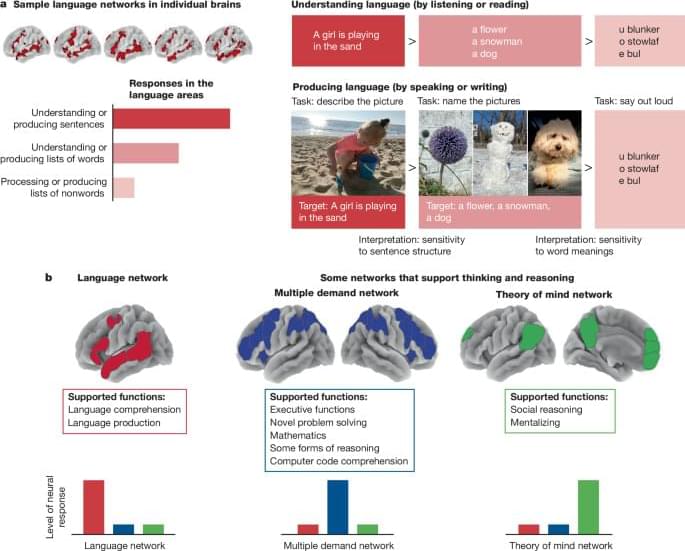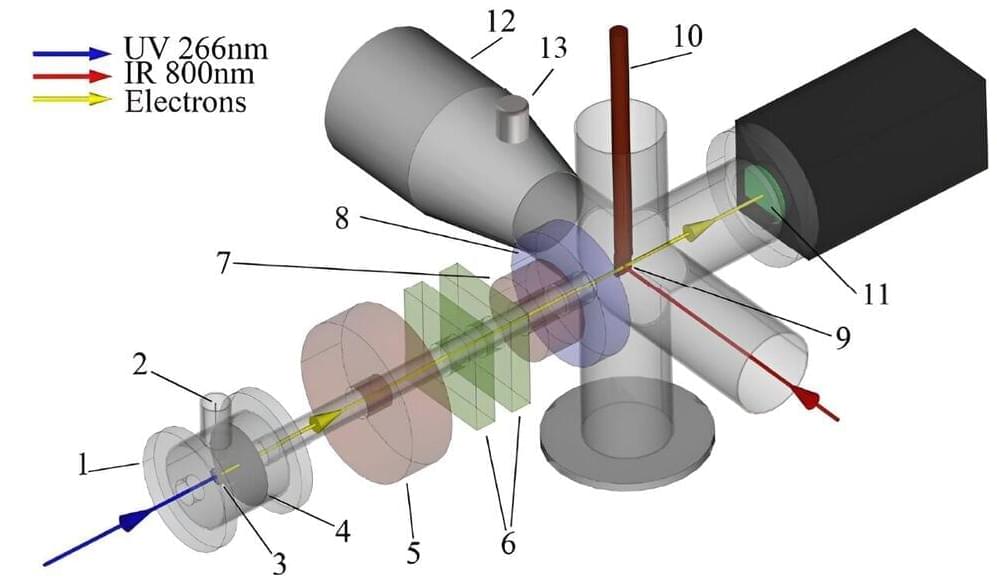Japanese firm TDK aims to improve next-gen solid-state battery design with a new material utilizing multi-layer lamination technology.
Get the latest international news and world events from around the world.

MIT’s new 3D shadow models can help autonomous vehicles drive better
Reconstructing a scene using a single-camera viewpoint is challenging. Researchers have deployed generative artificial intelligence (AI) to achieve this. However, the models can hallucinate objects when determining what is obscured.
An alternate approach is to use shadows in a color image to infer the shape of the hidden object. However, the method falls short when the shadows are hard to see.
To overcome these limitations, the MIT researchers used a single-photon LiDAR. A LiDAR emits pulses of light, and the time it takes for these signals to bounce back to the sensor creates a 3D map of a scene.

Parsing The Future: The Promises And Perils Of Large Language Models
Large language models have emerged as a transformative technology and have revolutionized AI with their ability to generate human-like text with seemingly unprecedented fluency and apparent comprehension. Trained on vast datasets of human-generated text, LLMs have unlocked innovations across industries, from content creation and language translation to data analytics and code generation. Recent developments, like OpenAI’s GPT-4o, showcase multimodal capabilities, processing text, vision, and audio inputs in a single neural network.
Despite their potential for driving productivity and enabling new forms of human-machine collaboration, LLMs are still in their nascent stage. They face limitations such as factual inaccuracies, biases inherited from training data, lack of common-sense reasoning, and data privacy concerns. Techniques like retrieval augmented generation aim to ground LLM knowledge and improve accuracy.
To explore these issues, I spoke with Amir Feizpour, CEO and founder of AI Science, an expert-in-the-loop business workflow automation platform. We discussed the transformative impacts, applications, risks, and challenges of LLMs across different sectors, as well as the implications for startups in this space.

Approach Integrates Cancer Symptom Management into Routine Care
A new approach to care may help people with cancer better manage depression, pain, and fatigue. With this approach, people may be offered weekly cognitive behavioral therapy sessions from a counselor and medicine for their symptoms.
Stepped collaborative care is an approach for managing symptoms such as depression, pain, and fatigue in people with cancer. It includes psychotherapy and medication if the symptoms are not reduced by psychotherapy alone.
A person’s symptoms are assessed every 4 weeks. If the symptoms are not in the normal range, health care providers change the frequency or type of treatment.
With a “stepped” care approach, health care providers can individualize treatment based on a person’s needs and provide support for people who require different levels of care in a cost-effective way.


Language is primarily a tool for communication rather than thought
Evelina Fedorenko, Steven T. Piantadosi & Edward A. F. Gibson MIT June 2024 https://nature.com/articles/s41586-024-07522-w.
Language is a defining characteristic of our species, but the function, or functions, that it serves has…
Evidence from neuroscience and related fields suggests that language and thought processes operate in distinct networks in the human brain and that language is optimized for communication and not for complex thought.

China reveals fusion tech breakthrough
A commercial ‘artificial sun’ has achieved its first plasma discharge, the developer says © Getty Images / mesh cube.
The Chinese privately run fusion company Energy Singularity has built the world’s first fully high-temperature superconducting tokamak, and used it to produce plasma, state media outlets have reported, citing the firm.
The creation of the device, dubbed HH70 and located in Shanghai, is seen as a major step in the development of fusion technology to potentially generate clean energy.

Neutrino mixer
Why are neutrinos so light?
Did you know that every second more than 100 trillion tiny particles called neutrinos pass through your body without causing any harm? These mysterious particles are produced abundantly throughout the universe in events like nuclear reactions in the sun, radioactive decays in the Earth’s crust, and in high-energy collisions in space. In particular, these subatomic particles play a crucial role in the explosive deaths of stars known as supernovae, where they act as the driving force behind the explosion. Despite their abundance in the universe, they are incredibly difficult to detect directly in experiments since they pass right through any matter and only interact extremely rarely. At the LHC, their existence can only be inferred indirectly by summing up the energy of all other particles produced from the proton collisions and looking for missing energy that has been carried away by the neutrino, which escaped the experiment undetected.
Neutrinos are a type of fundamental particle known as a lepton and they are electrically neutral. They stand out among fundamental particles because of their peculiar characteristics. Not only do they interact exceptionally rarely, but they also possess a minuscule mass, approximately 500,000 times lighter than that of an electron. One possible explanation for the smallness of their mass is given by the “seesaw” mechanism. According to this theory, there exist additional new fundamental particles that are electrically neutral. The mechanism postulates that the masses of these new particles, known as “heavy neutral leptons” (HNLs), are mathematically linked to those of the normal neutrinos, like two sides of a seesaw. The theory also predicts that the HNLs will “mix” with their known cousins, neutrinos. This means that a neutrino, produced in an LHC collision, can change into an HNL, and the HNL can then decay back into known particles that the LHC experiments can detect!
The seesaw explanation for the neutrino mass is particularly attractive and various searches for HNLs have been performed at the LHC and by other experiments in the past (see an example where CMS muon detectors are exploited in such a search). The CMS Collaboration has recently published a new search that makes the assumption that the mixing between the HNLs and neutrinos is very small. In this special case, the HNL can be “long lived” and travel macroscopic distances away from the collision point before decaying. Experiments can then take advantage of the unusual signatures from these “displaced” particle decays when trying to find evidence for the existence of HNLs.

Intel’s Millikelvin Quantum Research Control Chip Provides Denser Integration with Qubits
Intel debuts new chip focused on addressing quantum computing’s wiring bottleneck.
Intel’s millikelvin quantum research control chip, code-named Pando Tree, establishes Intel as the first semiconductor manufacturer to demonstrate the distribution of cryogenic silicon spin qubit control electronics…
Sushil Subramanian is a research scientist at Intel where he works on integrated circuits and systems for qubit control in quantum computers. Co-author Stefano Pellerano is a senior principal engineer and lab director of the RF and Mixed-Signal Circuits Lab where he leads the research and development effort on cryogenic electronics for qubit control.

Controlling electronics with light: Ultrafast lasers manipulate magnetite’s structure
Researchers at EPFL have discovered that by shining different wavelengths (colors) of light on a material called magnetite, they can change its state, e.g., making it more or less conducive to electricity. The discovery could lead to new ways of designing new materials for electronics such as memory storage, sensors, and other devices that rely on fast and efficient material responses.